Which Are the Rules for Safe Dock Operation for Boats? Tips for Smooth and Secure Docking
When it comes to boating, safety doesn’t end once you reach the dock. In fact, docking is one of the most delicate parts of the journey especially in busy marinas, changing weather, or strong currents. Whether you’re a seasoned captain or new to boating, knowing which are the rules for safe dock operation is essential to prevent accidents, protect your vessel, and ensure a smooth experience for everyone on the water.
Below, we’ll cover the essential safety rules and offer tips to make docking secure, efficient, and stress-free.
1. Approach the Dock Slowly and Steadily

When docking, remember the golden rule: never approach the dock faster than you’re willing to hit it. Reduce your speed early to allow for smooth maneuvering. Idle speed gives you better control and minimizes impact in case of sudden changes in wind or current.
Pro Tip: Use short bursts of power rather than steady throttle to maintain control without overshooting your docking space.
2. Be Aware of Wind, Current, and Tides
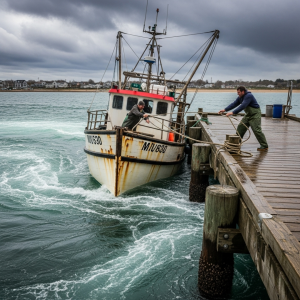
Environmental conditions can dramatically affect docking. Always assess the wind direction, water current, and tide height before approaching. These natural forces can either help you glide smoothly into position or push you away from your target.
Pro Tip: In strong winds, approach the dock at a slightly steeper angle so the force of the wind helps you align.
3. Prepare Dock Lines and Fenders in Advance
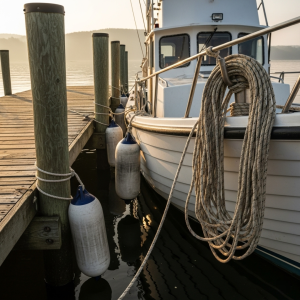
Don’t wait until you’re next to the dock to start preparing. Have your dock lines coiled and ready, and place fenders on the docking side of the boat beforehand. This prevents last-minute scrambling, which can lead to accidents.
Pro Tip: Assign specific crew members to handle lines and communicate clearly to avoid confusion.
4. Keep Passengers Safe During Docking
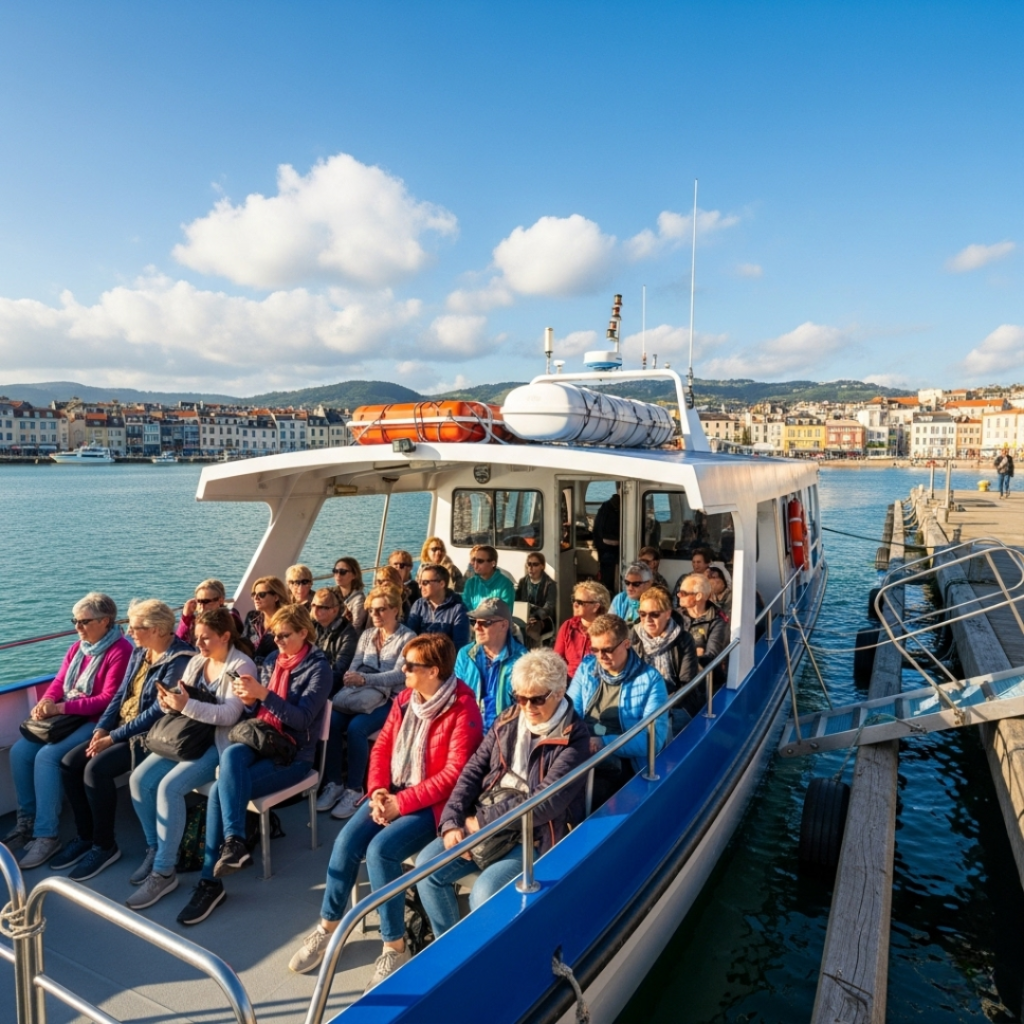
Passengers should remain seated or well clear of docking equipment while the boat is maneuvering. No one should jump onto the dock before the boat is secured, as this is a common cause of injuries.
Pro Tip: Remind passengers to keep their hands and feet inside the boat to avoid getting caught between the boat and dock.
5. Use the Correct Knots for Secure Mooring
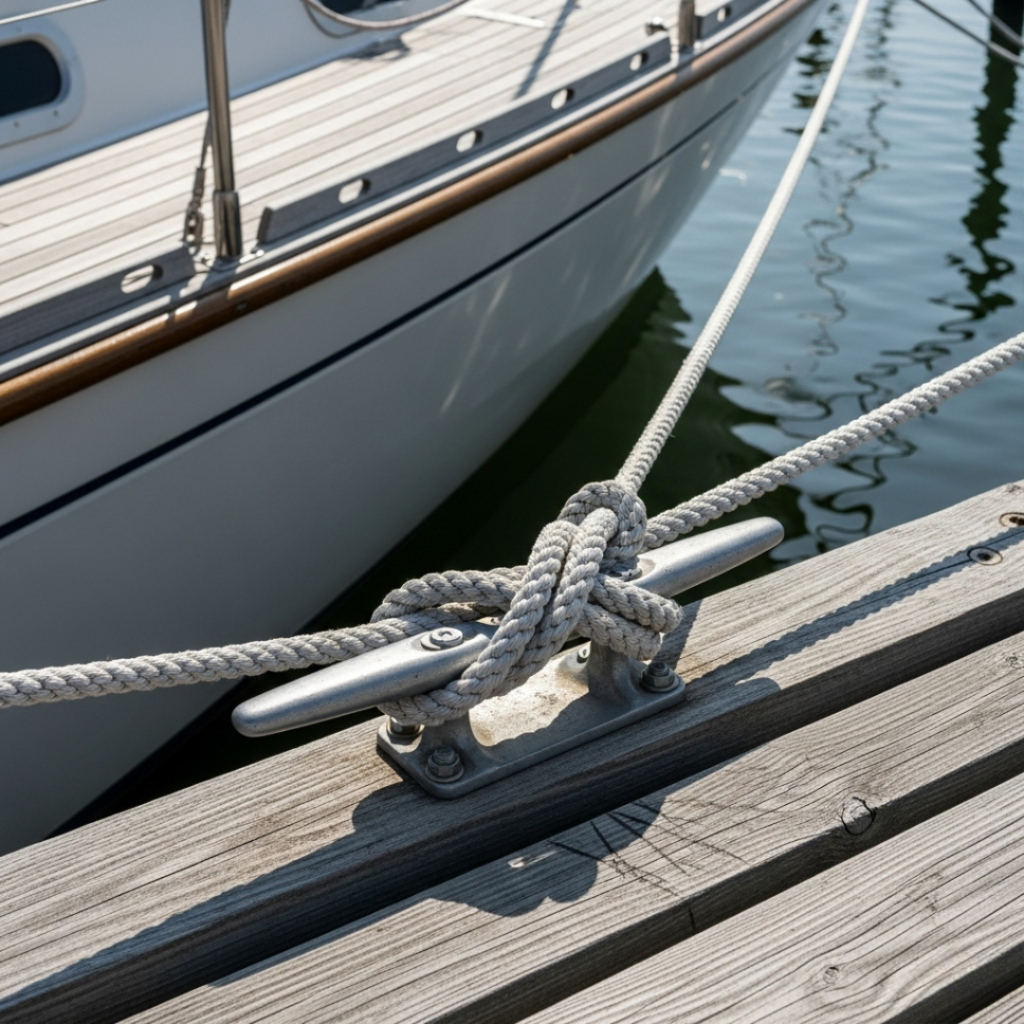
Knowing how to tie the right knots ensures your boat stays in place and doesn’t drift into other vessels. The cleat hitch is the most common and reliable knot for docking. Always double-check your lines before leaving the boat unattended.
Pro Tip: Avoid tying knots too tight, make them secure but easy to untie when needed.
6. Communicate Clearly with Crew and Dock Staff
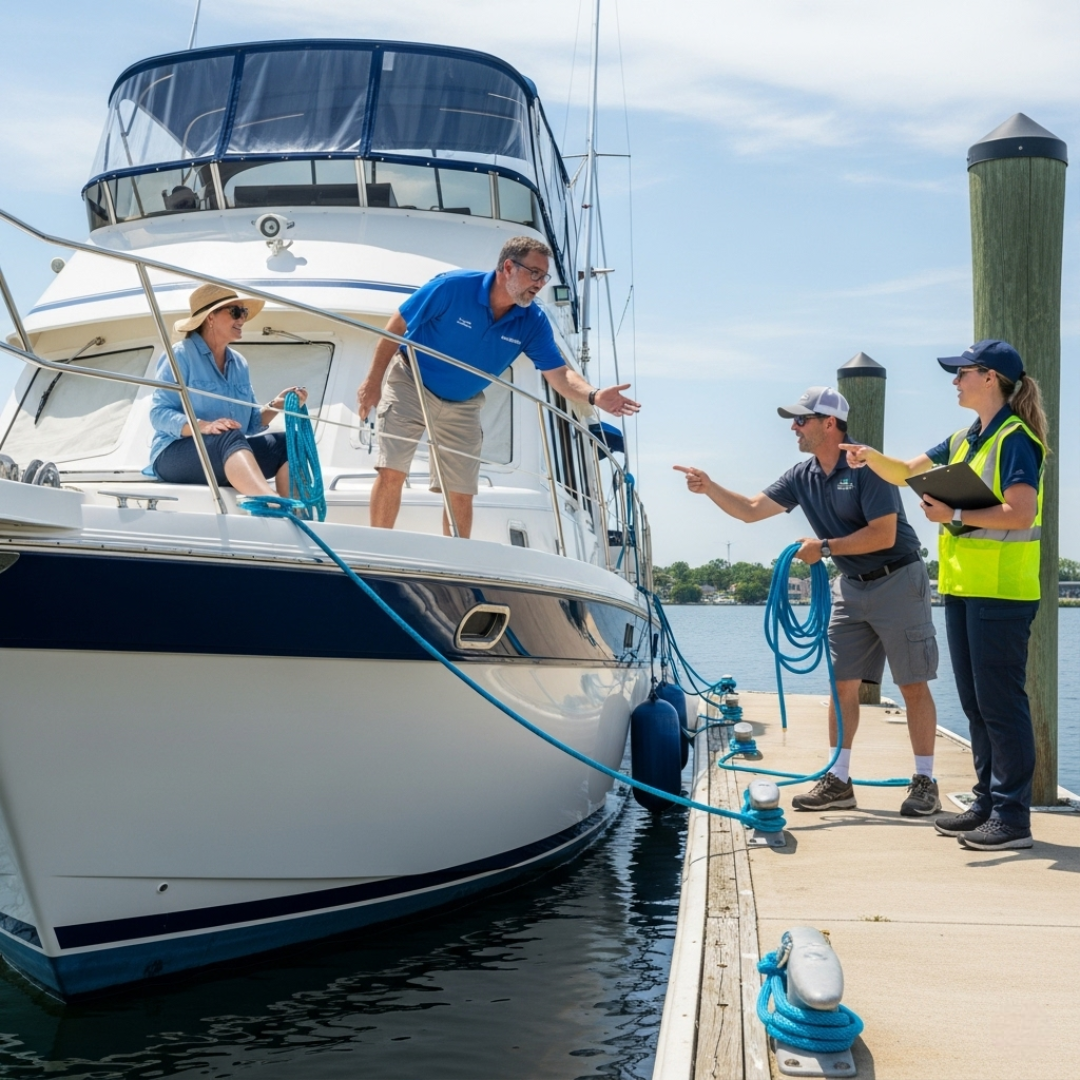
Good communication is the backbone of safe docking. Use clear hand signals or short verbal commands so everyone knows their role. Miscommunication can lead to accidents or damage.
Pro Tip: Practice your docking routine with your crew in calm conditions to build teamwork.
7. Follow Marina and Local Regulations
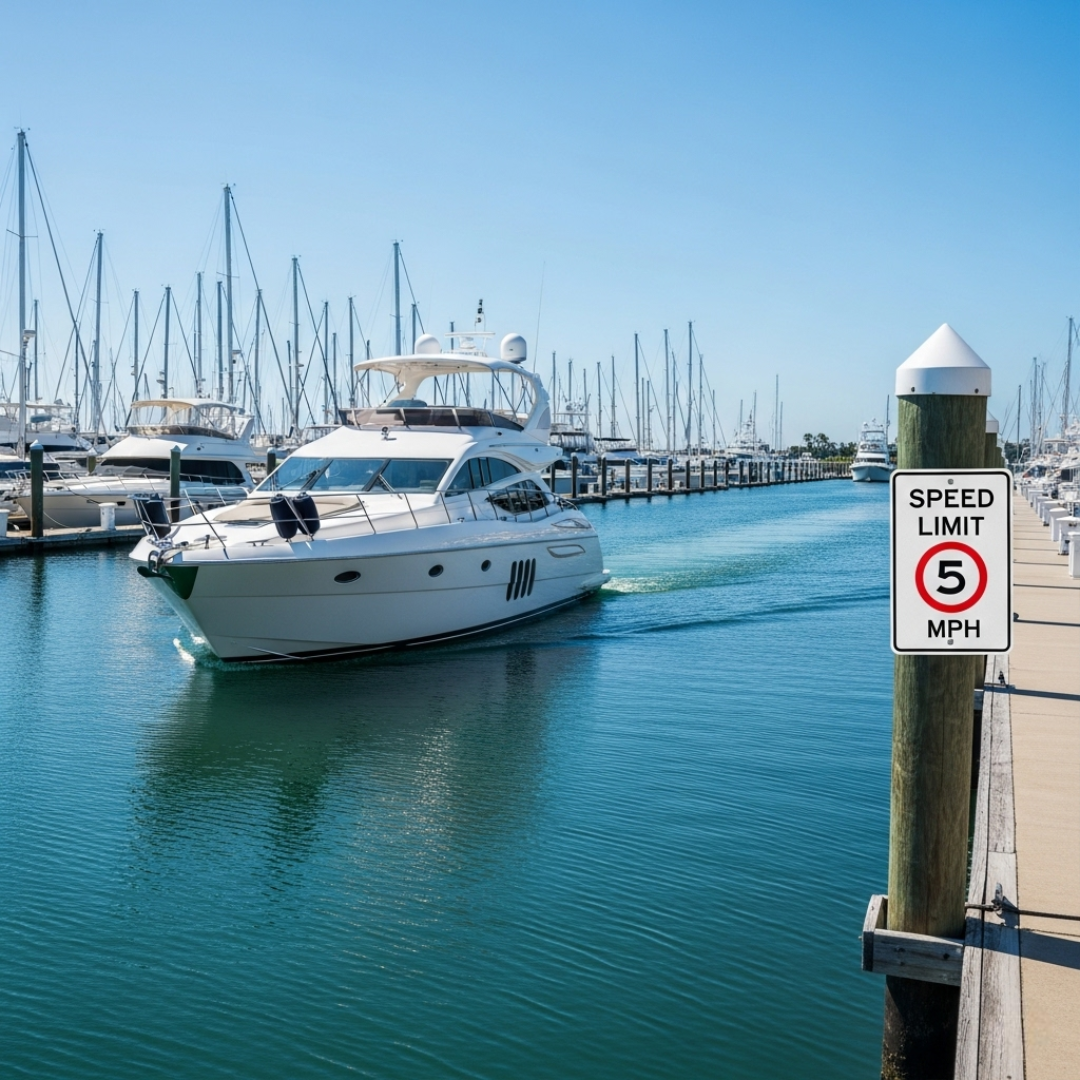
Every marina may have its own set of rules, such as speed limits, docking assignments, and quiet hours. Following these ensures not only safety but also a good relationship with marina staff and fellow boaters.
Pro Tip: Keep a copy of local boating regulations on board for quick reference.
Final Thoughts
Understanding which are the rules for safe dock operation is crucial for preventing accidents and ensuring a stress-free boating experience. By approaching slowly, preparing in advance, and communicating clearly, you’ll dock like a pro protecting your vessel, your passengers, and the dock itself.
For boaters who want to make docking even safer and easier, consider investing in Dockstop. This innovative docking aid offers advanced safety features and user-friendly design, helping both beginners and experienced captains dock with confidence. With Dockstop, you can take the guesswork out of docking and focus on enjoying your time on the water.
